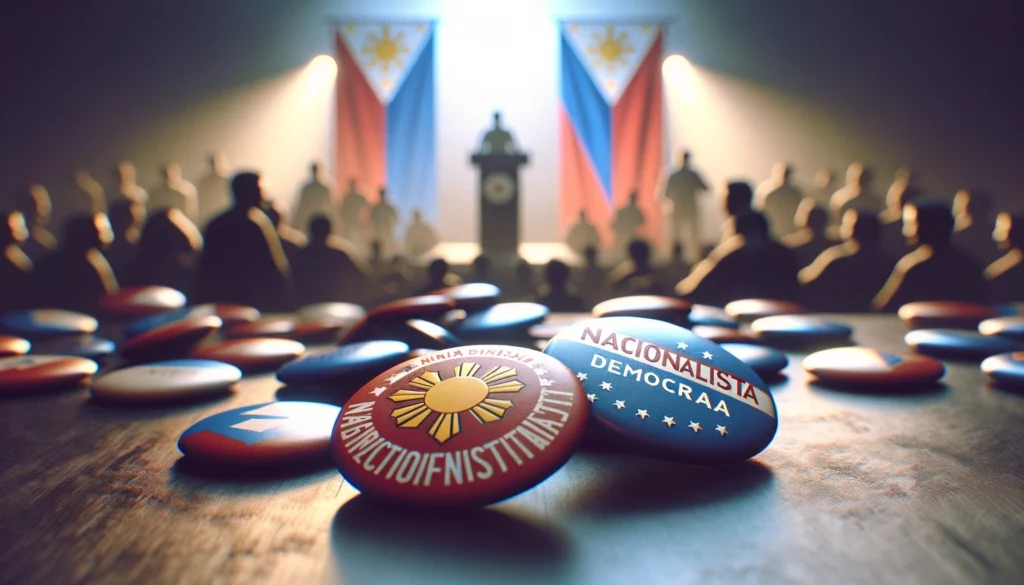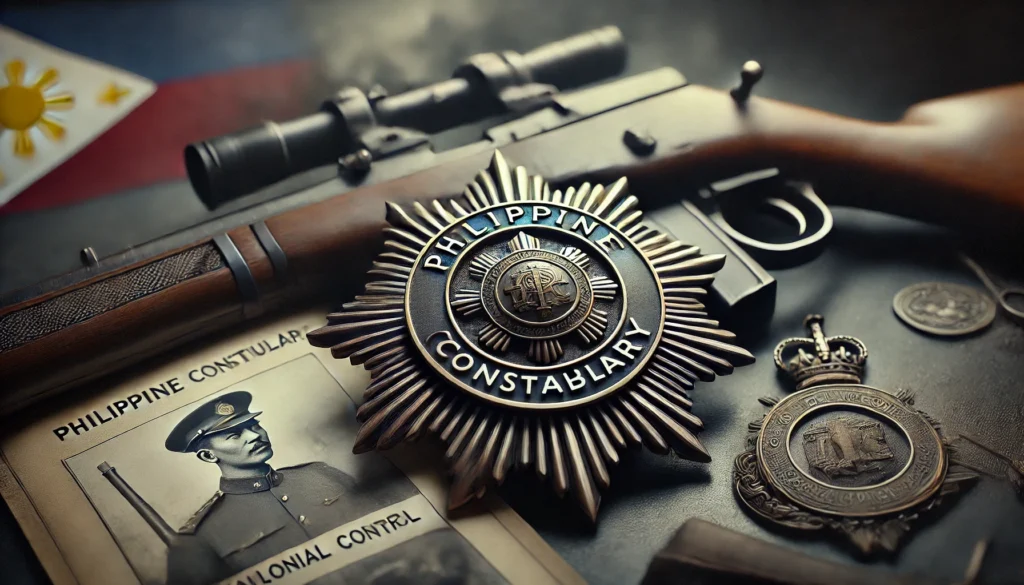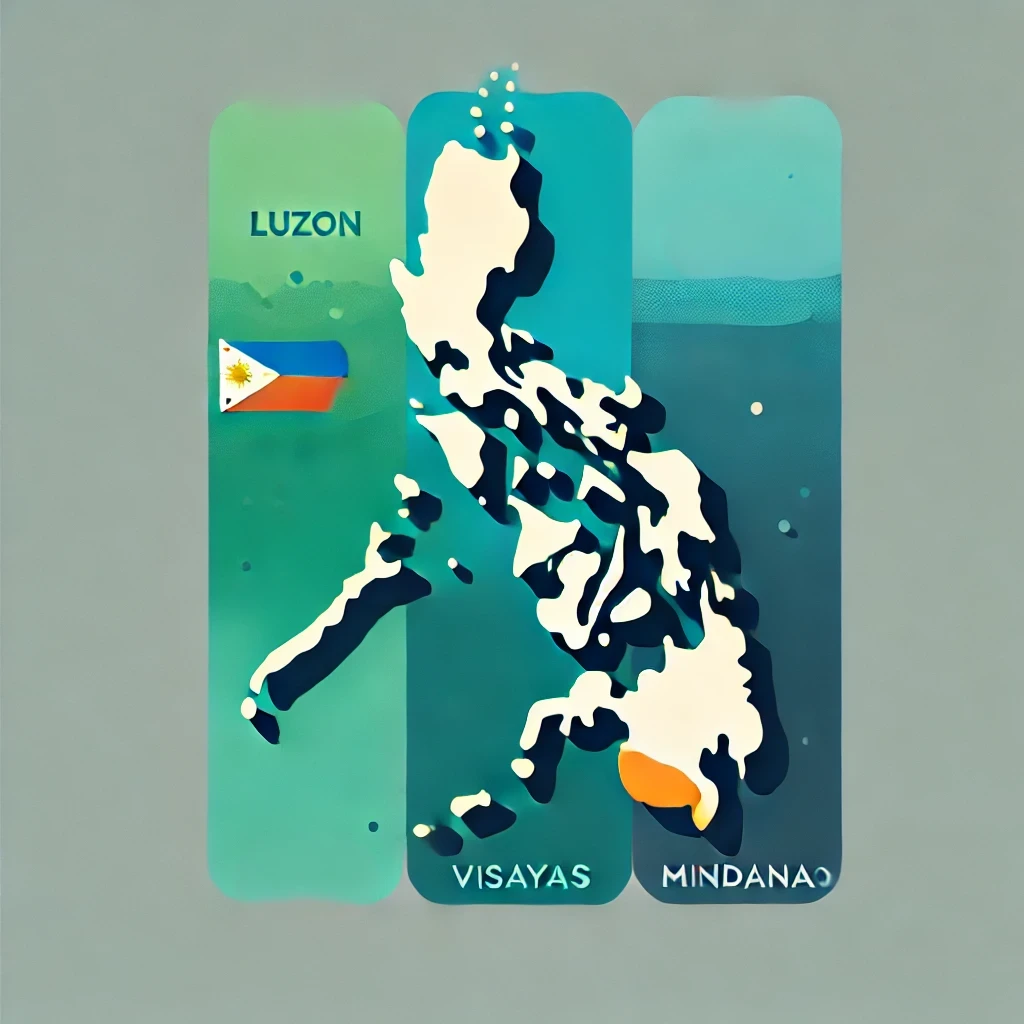The emergence of political parties in the Philippines marks a significant chapter in the nation’s journey towards self-governance and independence. As the archipelago transitioned from Spanish colonial rule to American occupation, the Filipino people began to assert their right to political representation and autonomy. This period saw the birth of two major political parties that would shape the landscape of Philippine politics for decades to come: the Nacionalista Party and the Democrata Party.
The Colonial Context
To understand the rise of these political parties, we must first examine the historical context in which they emerged. The late 19th and early 20th centuries were tumultuous times for the Philippines, characterized by:
- The Philippine Revolution against Spain (1896-1898)
- The Spanish-American War (1898)
- The Philippine-American War (1899-1902)
- The establishment of American colonial rule
These events created an environment ripe for political organization and the formation of parties that could represent Filipino interests.
The Nacionalista Party: Pioneers of Filipino Nationalism
Foundation and Early Years
The Nacionalista Party, founded in 1907, stands as the oldest political party in the Philippines. Its establishment came at a crucial time when the country was grappling with American colonial rule and the desire for independence was growing stronger among Filipinos.
Key Founders and Leaders
The party was founded by prominent Filipino leaders, including:
- Sergio Osmeña
- Manuel Quezon
- Rafael Palma
These individuals were instrumental in shaping the party’s ideology and political strategy.
Core Principles and Objectives
The Nacionalista Party was built on several fundamental principles:
- Immediate independence from American rule
- Protection of Filipino interests
- Promotion of nationalism and patriotism
- Economic development and industrialization
Political Strategies and Achievements
The Nacionalista Party employed various strategies to achieve its goals:
- Participation in the Philippine Assembly and later the Philippine Legislature
- Negotiation with American authorities for greater autonomy
- Promotion of Filipino culture and identity
- Advocacy for economic policies favoring Filipino businesses
Some of the party’s notable achievements include:
- The passage of the Jones Law in 1916, which provided for a more autonomous government
- The establishment of the Commonwealth of the Philippines in 1935
- The election of Manuel Quezon as the first President of the Commonwealth
The Democrata Party: A Voice for Moderation
Origins and Formation
The Democrata Party emerged in 1917 as a splinter group from the Nacionalista Party. It was formed by politicians who disagreed with the Nacionalista leadership on various issues, particularly the approach to gaining independence.
Prominent Figures
Key figures in the formation and leadership of the Democrata Party included:
- Teodoro R. Yangco
- Gregorio Araneta
- Rafael Palma (who later joined the party)
Ideological Stance
The Democrata Party positioned itself as a more moderate alternative to the Nacionalistas. Its core principles included:
- Gradual independence from the United States
- Cooperation with American authorities
- Focus on social and economic reforms
- Emphasis on education and cultural development
Political Role and Influence
While the Democrata Party never achieved the same level of electoral success as the Nacionalistas, it played a crucial role in Philippine politics by:
- Providing a counterbalance to Nacionalista dominance
- Offering alternative policies and perspectives
- Contributing to the development of a multi-party system
The party’s influence can be seen in various legislative initiatives and policy debates during the American colonial period and the early Commonwealth years.
Comparative Analysis: Nacionalista vs. Democrata
To better understand the differences and similarities between these two influential parties, let’s examine them side by side:
| Aspect | Nacionalista Party | Democrata Party |
|---|---|---|
| Founded | 1907 | 1917 |
| Key Leaders | Sergio Osmeña, Manuel Quezon | Teodoro R. Yangco, Gregorio Araneta |
| Independence Stance | Immediate independence | Gradual independence |
| Relationship with US | More confrontational | More cooperative |
| Economic Policy | Emphasis on Filipino-first policies | Focus on balanced development |
| Electoral Success | Dominant party for decades | Limited electoral victories |
| Legacy | Lasting influence on Philippine politics | Contributed to political discourse |
Impact on Philippine Democracy
Development of Party Politics
The rise of the Nacionalista and Democrata parties played a crucial role in shaping the Philippine political system. Their emergence:
- Introduced the concept of organized political parties to the Filipino people
- Provided a framework for political debate and policy formulation
- Encouraged political participation among citizens
Contribution to Nation-Building
Both parties, despite their differences, contributed significantly to the process of nation-building:
- They helped articulate Filipino aspirations for self-governance
- They fostered a sense of national identity and unity
- They trained a generation of Filipino leaders in the art of politics and governance
Challenges and Limitations
However, the early party system in the Philippines also faced several challenges:
- Personality-based politics often overshadowed ideological differences
- Patronage and clientelism became entrenched in the political culture
- The two-party system sometimes limited the range of political discourse
Evolution of Filipino Political Parties
Post-Independence Developments
After the Philippines gained independence in 1946, the political party landscape continued to evolve:
- The Nacionalista Party remained a dominant force
- The Liberal Party emerged as a major rival to the Nacionalistas
- Smaller parties and coalitions formed and dissolved over time
Martial Law and Its Aftermath
The declaration of Martial Law by Ferdinand Marcos in 1972 disrupted the traditional party system:
- Political parties were initially banned
- The New Society Movement (Kilusang Bagong Lipunan) became the dominant party
- After the fall of Marcos, a multi-party system re-emerged
Contemporary Political Landscape
Today, the Philippine political party system is characterized by:
- A proliferation of parties and coalitions
- Weaker party ideologies and more personality-driven politics
- Frequent party-switching by politicians
Lessons from History
The story of the Nacionalista and Democrata parties offers valuable insights for contemporary Philippine politics:
- The importance of strong ideological foundations for political parties
- The need for a robust opposition to ensure checks and balances
- The value of political debate in shaping national policy
- The challenges of maintaining party discipline and coherence
The Enduring Legacy
While the political landscape has changed dramatically since the early 20th century, the legacy of the Nacionalista and Democrata parties continues to influence Philippine politics:
- The Nacionalista Party still exists, though its influence has waned
- Many contemporary politicians trace their political lineage to these early parties
- The debates and issues raised by these parties continue to resonate in modern political discourse
Reflections on Party Politics in the Philippines
As we examine the rise and evolution of Filipino political parties, several key themes emerge:
The Role of Personalities
Filipino politics has long been characterized by the outsized influence of charismatic leaders. This trait, evident in the early days of the Nacionalista and Democrata parties, continues to shape the political landscape today.
The Quest for Independence
The struggle for independence, which was at the core of early party politics, has evolved into ongoing debates about national sovereignty, foreign policy, and economic self-reliance.
The Challenge of Institutionalization
Building strong, ideologically coherent political parties remains a challenge in the Philippines. The experiences of the Nacionalista and Democrata parties highlight the difficulties of maintaining party unity and relevance over time.
The Importance of Political Education
The early political parties played a crucial role in educating the Filipino public about democratic processes and civic participation. This educational function of political parties remains vital in strengthening Philippine democracy.
Towards a More Robust Party System
Drawing lessons from the history of the Nacionalista and Democrata parties, we can identify several areas for potential improvement in the contemporary Philippine party system:
- Strengthening Ideological Foundations: Parties should strive to develop and articulate clear, distinct ideologies that go beyond personality-based politics.
- Enhancing Internal Democracy: Political parties could benefit from more democratic internal processes for selecting leaders and candidates.
- Promoting Policy-Based Campaigns: Shifting focus from personality-driven campaigns to policy-based debates could elevate the quality of political discourse.
- Improving Party Discipline: Mechanisms to discourage frequent party-switching and promote loyalty to party principles could lead to more stable political alignments.
- Encouraging Grassroots Participation: Building strong local party organizations can help connect parties more closely with the needs and aspirations of ordinary citizens.
Conclusion: The Ongoing Evolution of Filipino Political Parties
The story of the Nacionalista and Democrata parties is more than a historical curiosity; it is a window into the ongoing evolution of Philippine democracy. As the nation continues to grapple with challenges of governance, economic development, and social justice, the lessons from these pioneering political parties remain relevant.
The rise of Filipino political parties in the early 20th century marked a critical step in the nation’s journey towards self-governance and democratic maturity. While the political landscape has changed dramatically since the days of the Nacionalista-Democrata rivalry, the fundamental issues they grappled with – national identity, economic development, social progress, and the nature of Philippine democracy – continue to shape political discourse today.
As we look to the future, the challenge for Filipino political leaders and citizens alike is to build on this rich political heritage while adapting to the needs and realities of the 21st century. By fostering a political culture that values ideology over personality, policy over patronage, and national interest over narrow factional concerns, the Philippines can continue to strengthen its democratic institutions and realize the aspirations of its people.
Disclaimer: This article aims to provide an accurate and comprehensive overview of the rise of Filipino political parties, focusing on the Nacionalista and Democrata parties, based on historical records and scholarly research up to 2023. However, historical interpretations can evolve as new information comes to light. Readers are encouraged to report any inaccuracies or provide additional insights so that this content can be reviewed and updated promptly. The goal is to maintain the highest standards of historical accuracy and contribute to a better understanding of Philippine political history.




